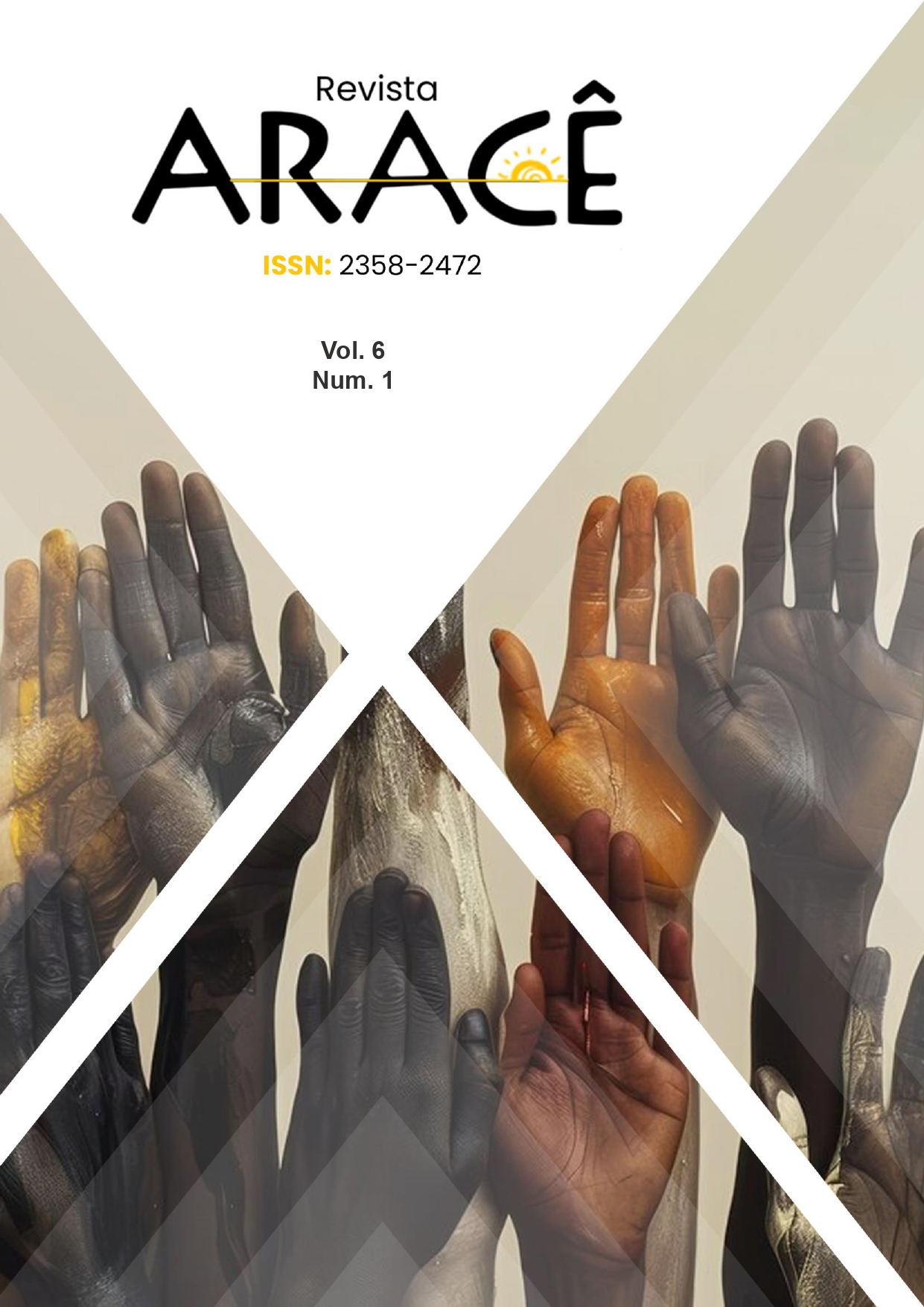BETWEEN PUBLIC AND PRIVATE: URBAN VIOLENCE IN THE CITY OF CAMPINA GRANDE-PB
DOI:
https://doi.org/10.56238/arev6n1-014Palabras clave:
Urban development, Urban violence, GeographicitiesResumen
Urban and rural violence in Brazil affects the development and appropriation of public spaces. The increase in crime generates fear, reducing interaction in urban environments and favoring their privatization. Campina Grande, a medium-sized city, faces challenges typical of large centers, such as violence that restricts the use of public areas. This study analyzes how violence influences the appropriation of these spaces, highlighting socioeconomic, legal, and ideological factors that shape their perception and use. It seeks to understand the impact of violence on the quality of life and the right to the city, exploring strategies of urban reorganization. The survey uses data from public agencies, such as IBGE and the Ministry of Justice, as well as academic sources, to map neighborhoods with higher crime. The study reveals that violence in Campina Grande has fluctuated in the last two decades, with an increase until 2016 and a recent recovery. However, vulnerable areas such as Bodocongó and Malvinas remain impacted, with insecurity and lack of infrastructure limiting the use of public spaces, reinforcing urban segregation. Even with the reduction in violence rates, the perception of insecurity still hinders social interaction in these places.






